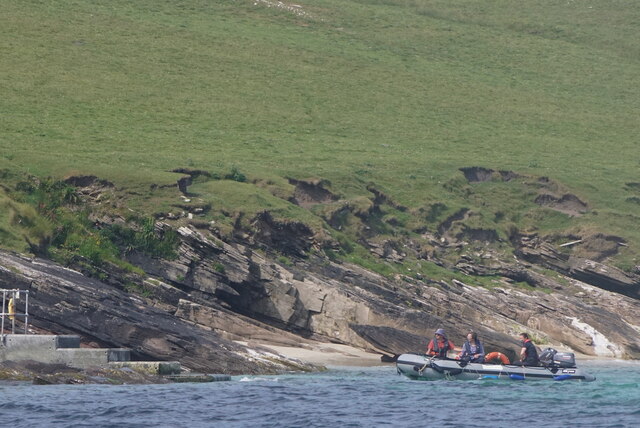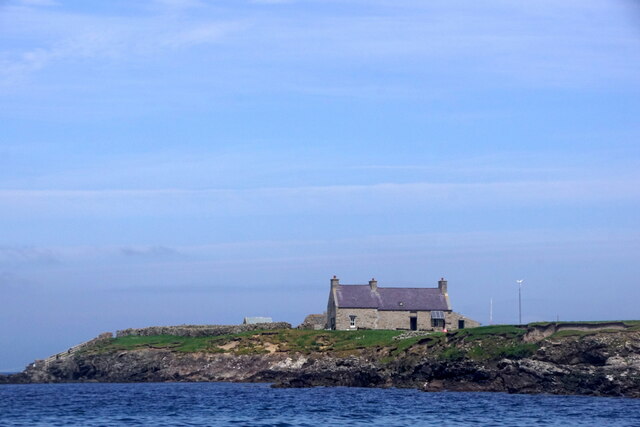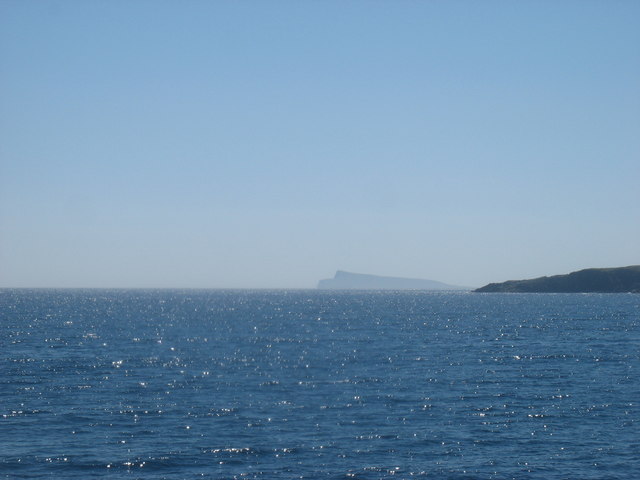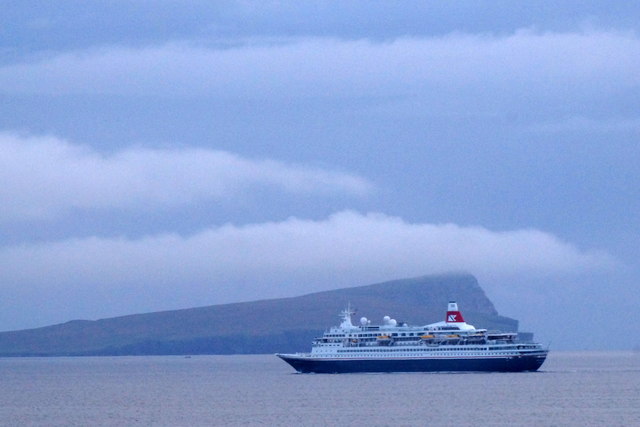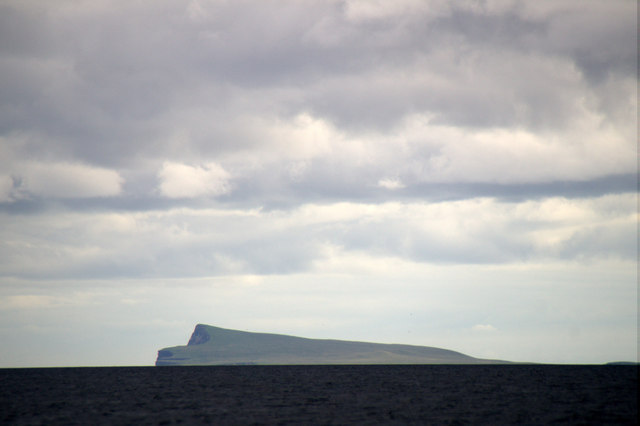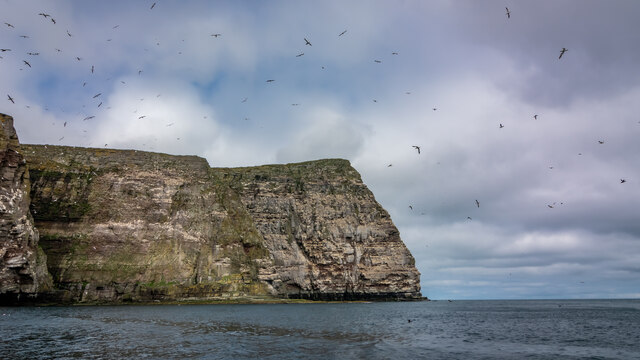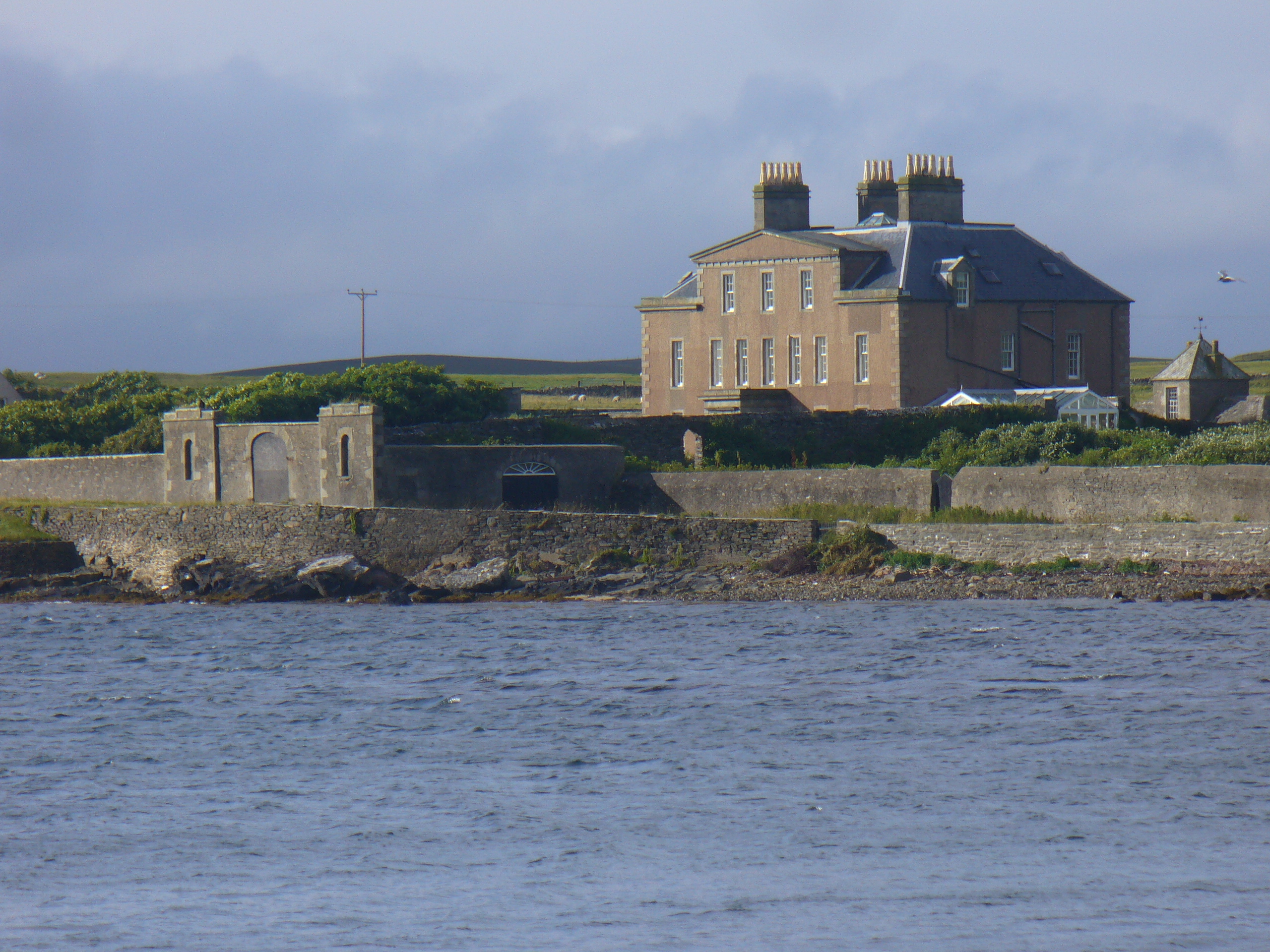Barn Stane
Coastal Feature, Headland, Point in Shetland
Scotland
Barn Stane
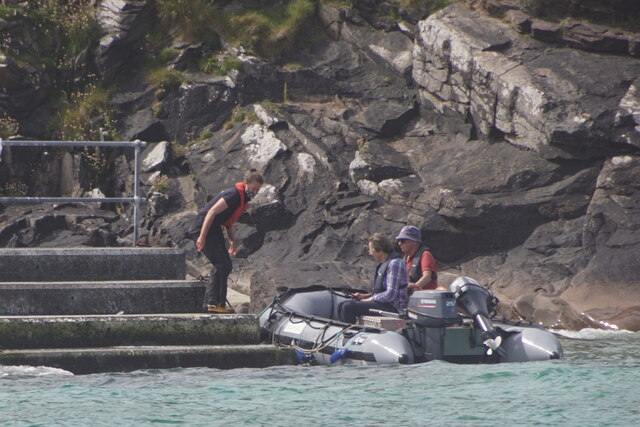
Barn Stane is a prominent coastal feature located in the Shetland Islands, an archipelago in Scotland. It is a headland that juts out into the North Sea, forming a point that offers stunning panoramic views of the surrounding rugged coastline.
Situated on the eastern coast of the Shetland Mainland, Barn Stane is characterized by its towering cliffs and rocky terrain. The headland is composed of sandstone and shale, displaying layers of sedimentary rock that have been shaped by centuries of erosion from the relentless waves crashing against it.
At low tide, a small sandy beach is revealed beneath the cliffs, providing an opportunity for visitors to explore the area and discover an array of marine life in the rock pools. Barn Stane is also known for its diverse bird population, with seabirds such as puffins, guillemots, and fulmars nesting along the cliffs during the breeding season.
The headland is a popular spot for outdoor enthusiasts, offering excellent opportunities for hiking, birdwatching, and photography. The dramatic coastal scenery and the constant sound of crashing waves create a captivating atmosphere, making it a must-visit location for nature lovers and photographers alike.
Barn Stane is easily accessible by a coastal path that runs along the clifftops, providing visitors with breathtaking views of the surrounding coastline and the nearby isles. It is a place where visitors can immerse themselves in the raw beauty of nature and experience the untamed power of the North Sea.
If you have any feedback on the listing, please let us know in the comments section below.
Barn Stane Images
Images are sourced within 2km of 60.13705/-1.0260023 or Grid Reference HU5439. Thanks to Geograph Open Source API. All images are credited.
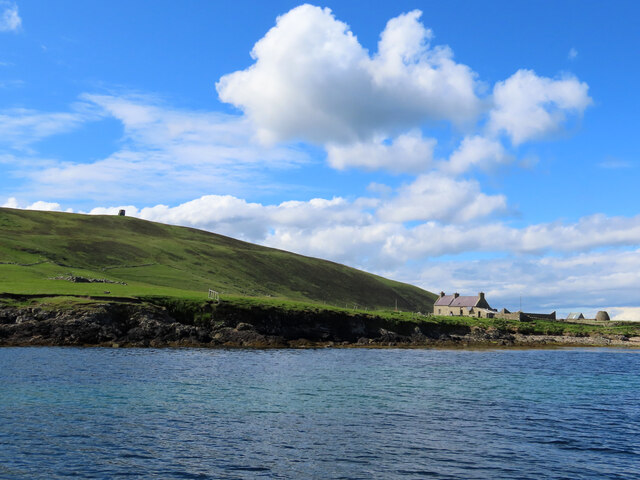
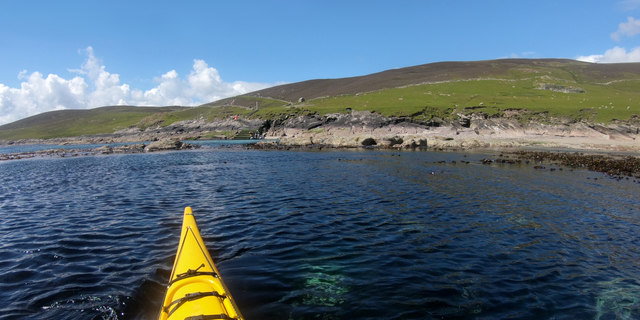
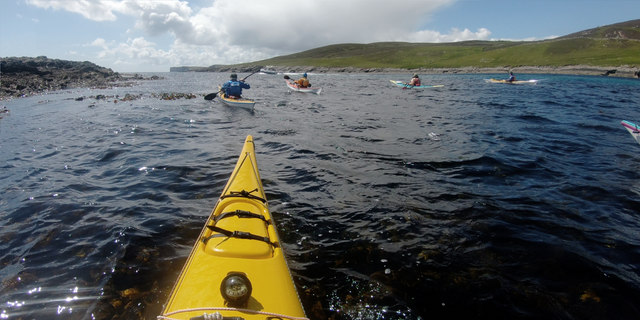
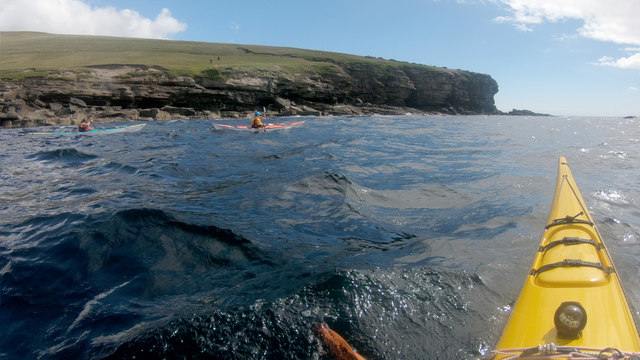
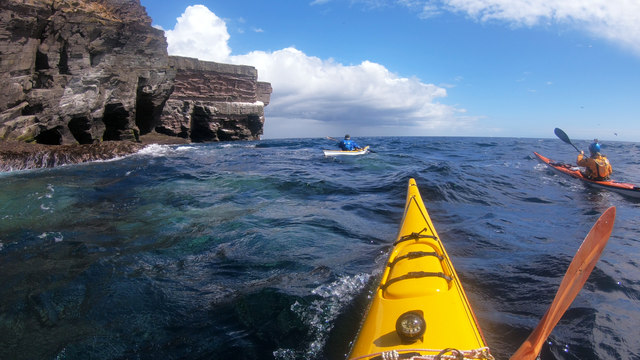

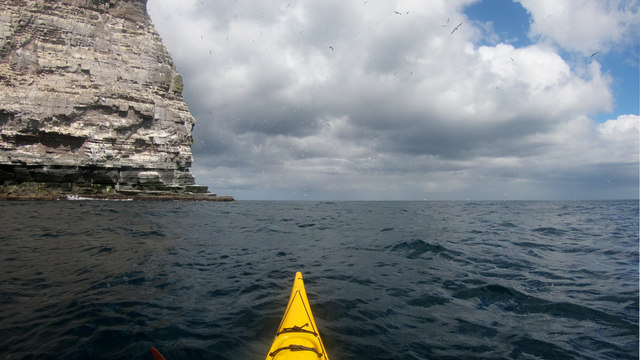
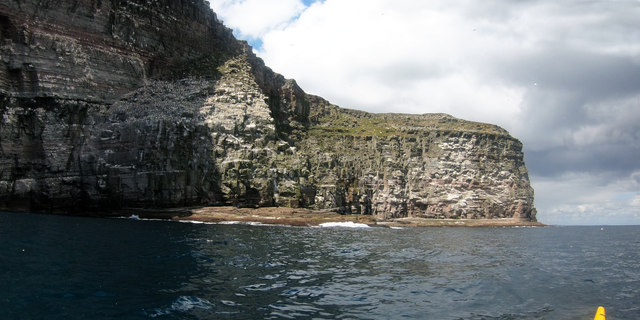
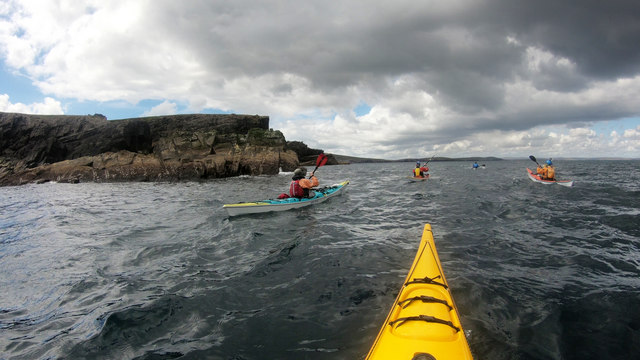
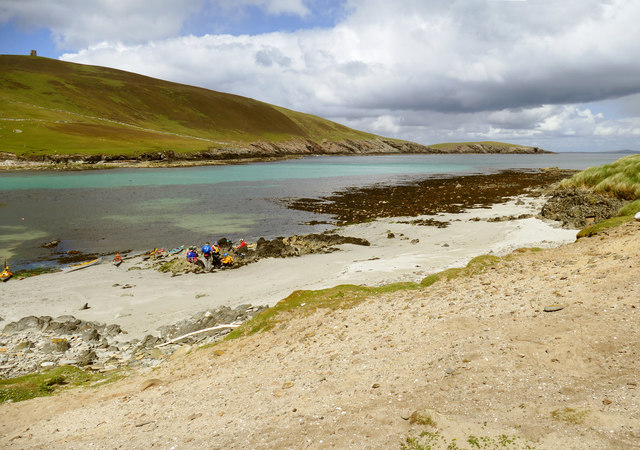
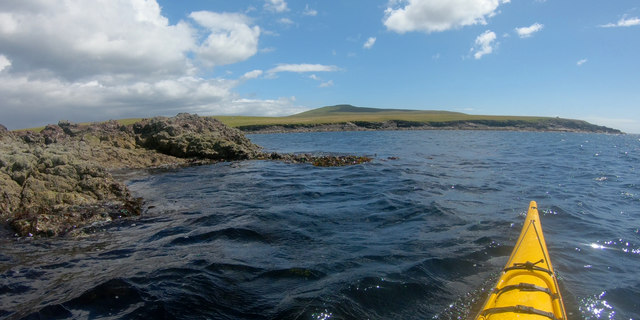
Barn Stane is located at Grid Ref: HU5439 (Lat: 60.13705, Lng: -1.0260023)
Unitary Authority: Shetland Islands
Police Authority: Highlands and Islands
What 3 Words
///bared.intruding.snipe. Near Lerwick, Shetland Islands
Nearby Locations
Related Wikis
Holm of Noss
The Holm of Noss or Cradle Holm is an uninhabited islet of the Shetland Islands. It is about 48m at its highest point. == Geography and geology == It is...
Isle of Noss
The Isle of Noss or Noss (Scots: Noss) is a small, previously inhabited island in Shetland, Scotland. Noss is separated from the island of Bressay by the...
Broch of Cullingsburgh
The Broch of Cullingsburgh is an Iron Age broch located in the Shetland islands. == Location == Located on Bressay, off the east coast of mainland Shetland...
Bressay
Bressay (Scots: Bressa) is a populated island in the Shetland archipelago of Scotland. == Geography and geology == Bressay lies due south of Whalsay, west...
Voe of Cullingsburgh
Voe of Cullingsburgh is a large sea loch off the Shetland island of Bressay, voe meaning "sea inlet" in Shetland dialect. The local spelling of the name...
Bressay transmitting station
Bressay transmitting station is a broadcasting transmission facility for the Shetland Islands, located on the isle of Bressay, owned and operated by Arqiva...
Gardie House
Gardie House is an 18th-century estate house on Bressay in Shetland, Scotland. Located opposite Lerwick, across the Bressay Sound, Gardie is described...
Lerwick and Bressay Parish Church
Lerwick and Bressay Parish Church is the largest Church of Scotland congregation in Shetland, serving the islands' capital Lerwick and the surrounding...
Have you been to Barn Stane?
Leave your review of Barn Stane below (or comments, questions and feedback).
